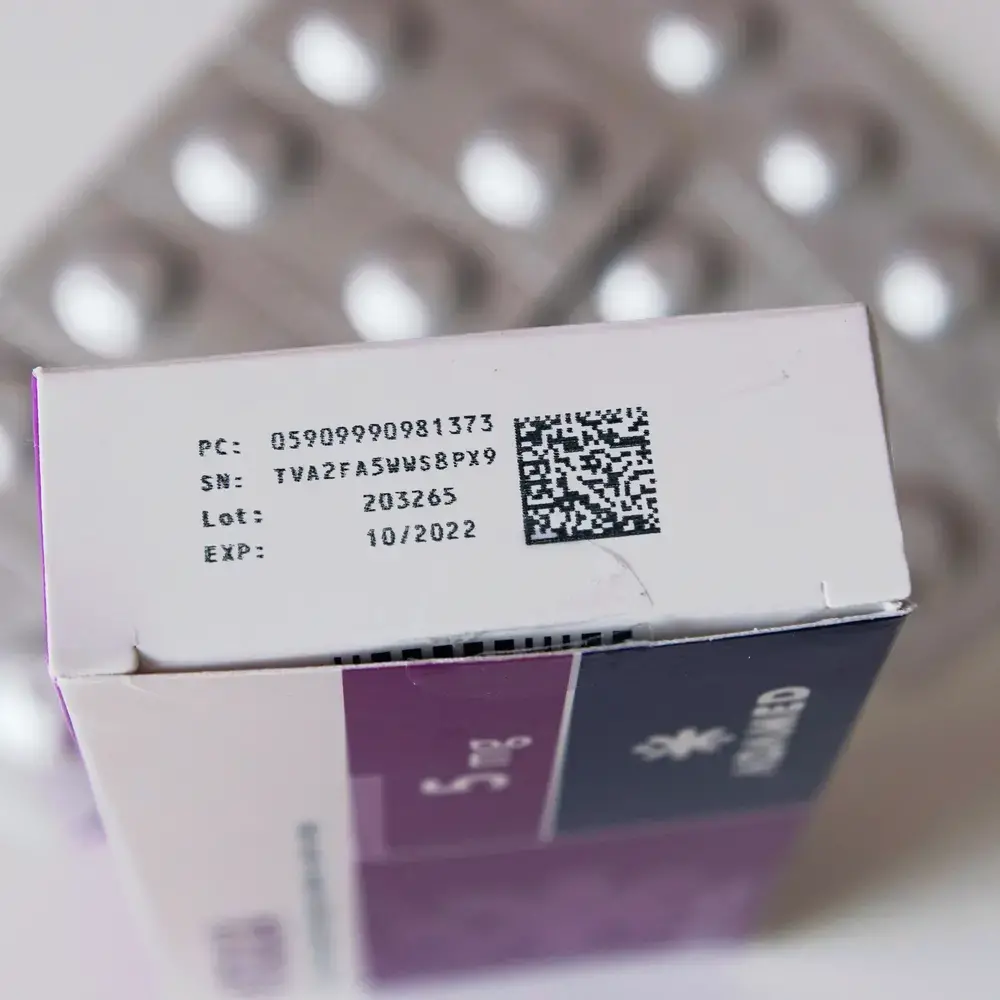Benefits of Electronic Labels: Investigational Medicinal Products

When a new therapeutic drug, medical device, vaccine, or other investigational medicinal product (IMP) is developed, a label must be on its packaging that provides relevant and important information, regardless of the country in which it is developed. Types of information include instructions for use (IFUs), expiry dates, storage requirements, and any other important information regulators and consumers should know prior to the product gaining market share and being used by patients.
Are Electronic Labels Required?
The implementation of the European Union Clinical Trial Regulation (EU CTR) in January 2022, initially brought some significant changes to the labeling requirements for IMPs. As we discussed in our previous post, one of the biggest changes was the inclusion of an IMP’s expiry date on the product’s primary packaging (now obsolete as of an amended regulation published on November 15, 2022), in addition to the secondary packaging.
With our world increasingly shifting into a more digital age, using electronic labels (eLabels) rather than printed labels was a hotly debated subject during the new regulation’s passing. Ultimately, however, it was decided that IMP labels must still be printed, and eLabels could be added as additional information.
The Benefits of Electronic Labels
While eLabels may not be required now, they are of growing interest in the industry for many reasons. With the rapid adoption of QR codes around the world, and with the implementation of innovations and technology across other research areas such as patient eDiaries and wearable technologies, the industry is continuing to consider the advantages of adding eLabels for IMPs.
Improved Safety and Accessibility for Patients
By putting information into electronic format, patients can amend the font size for readability and directly search and find the information they are looking for rather than having to spend time sifting through a large amount of information. They can also easily switch among languages as needed. At an elevated level, an eLabel can also hold instructional videos for patients, interactive displays, dosage reminders, and even connect to patient diaries to track IMP use. All of these factors ensure the patient can easily read, reference, and understand the information regarding the IMP to mitigate risk and improve safety while enhancing the relationships among the patient, sponsor, and site staff.
Enhanced Compliance
Making the information easier to find goes beyond patient safety and usability. If eLabels were to be required from a regulatory standpoint, it would also decrease the potential for mix-ups when updating expiry dates, align with digital innovation strategies, and ensure patients have the most up-to-date information for the IMPs.
Process Efficiency and Optimization
As with most digital tools and content, updates to eLabels are far easier, quicker, and more cost-effective than traditional print labeling. For example, if you’re running a clinical trial in the EU and an IMP inner packaging has to be updated at the authorized site, rather than having to ship it back and delay timelines (while also adding costs), the update can quickly be implemented online. This enables the drug to enter the market faster, so patients can receive personalized care more quickly while also improving process operations within sponsors. Of course, all of this is theoretical at the moment, as printed labels are still the standard.
Decreased Waste
eLabels enable better pooling strategies, or strategies that enable products to be shared among studies using the same compound, for sponsors. Better pooling means less waste, a decreased possibility of running out of stock, and overall cost savings.
Looking to the Future
As the technological evolution continues to take shape across R&D, sponsors must be prepared for the potential of requiring eLabels across the industry.
One way to prepare for this is by creating a QR code for booklet labels used in multinational clinical trials that is available in all languages. Historically, these books are cumbersome for the sponsors to create and update and for the patients to use. These booklets are dense with information, and it can be difficult for patients to find the relevant information they are looking for. By migrating these booklets to a digital format, sponsors can mitigate issues in product mix-ups through updating expiry date information as well as reducing the overall creation time. Patients can also find the information they are looking for much more quickly and have the potential for other informational materials at their fingertips, such as instructional videos and/or infographics. By having a proof of concept in this smaller, successful eLabel rollout, regulators are more likely to approve.
If you’re curious to learn how TransPerfect’s technology can help translate patient booklets and labels or want guidance and recommendations for eLabels under EU CTR, get in touch today!
